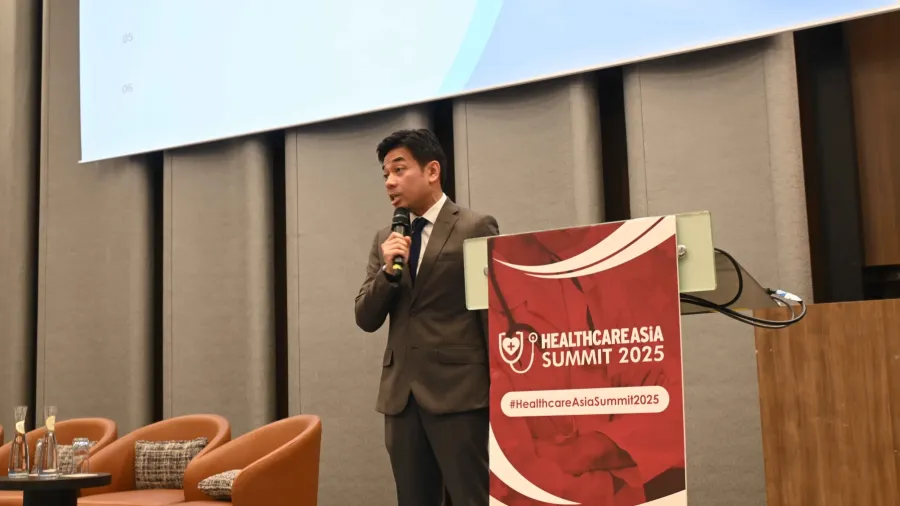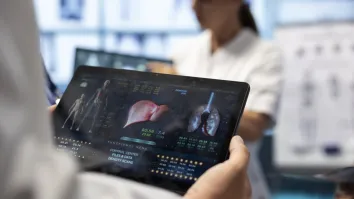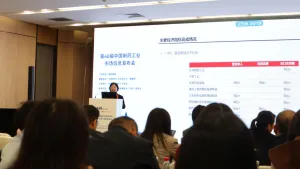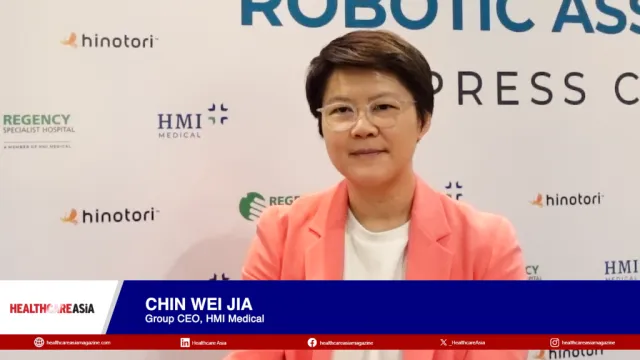
Gleneagles Hospital Johor cuts admission and discharge times
The centre can track patients anywhere in the hospital.
Malaysia’s Gleneagles Hospital Johor has reduced patient waiting times to as little as one-and-a-half hours through its Central Resource Center (CRC), a command facility that predicts and monitors admissions and discharges in real time.
“It can tell us how many patients are likely to leave on a given day—even before doctors make the official decision,” Gleneagles CEO Kamal Amzan told the Healthcare Asia Summit 2025 in Kuala Lumpur on 9 April.
Before, patient admission and discharge took about three hours each, which reduced bed turnover and satisfaction, he pointed out. “Almost half of the complaints we had were about waiting time.”
“After the intervention, the admission time dropped to about one hour or less. Meanwhile, discharge time has been maintained at around one-and-a-half hours,” he added.
The center allows the hospital team to track down patients, whether they are in the emergency department, lobby, or even in a taxi, the CEO, a public health expert, said.
“If a patient is still in the room an hour after discharge, they’ll follow up to ensure the patient is on their way home,” Kamal said. “Meanwhile, if the room hasn’t been cleaned within 30 minutes, they’ll speed up the housekeeping team.”
A detailed mapping of patient workflows showed more than 125 discrete activities across eight departments that contributed to admission delays.
Gleneagles then launched a pre-admission registration system, particularly for patients scheduled for nonemergency admissions. “They just need to sign a few documents at the hospital then we bring them straight to the ward.”
“There's no queue or registration at the front desk,” Kamal said. “We’ve removed that step entirely. We were able to cut down the time spent on routine processes from 39 minutes to 24.”
The CEO also introduced a management operating blueprint, which he described as a customised version of the plan-do-study-act cycle. “This takes a whole-of-hospital approach, not just involving the business office or nursing, but also incorporating human capital.”
“The blueprint is structured around daily, weekly, monthly, and annual performance reports, ensuring that everyone is accountable and responsible for their respective tasks at each level,” Kamal said.
Before, a single supervisor or manager was responsible for a large team, but now, the hospital has each supervisor overseeing up to three staff members, he added.



















 Advertise
Advertise






